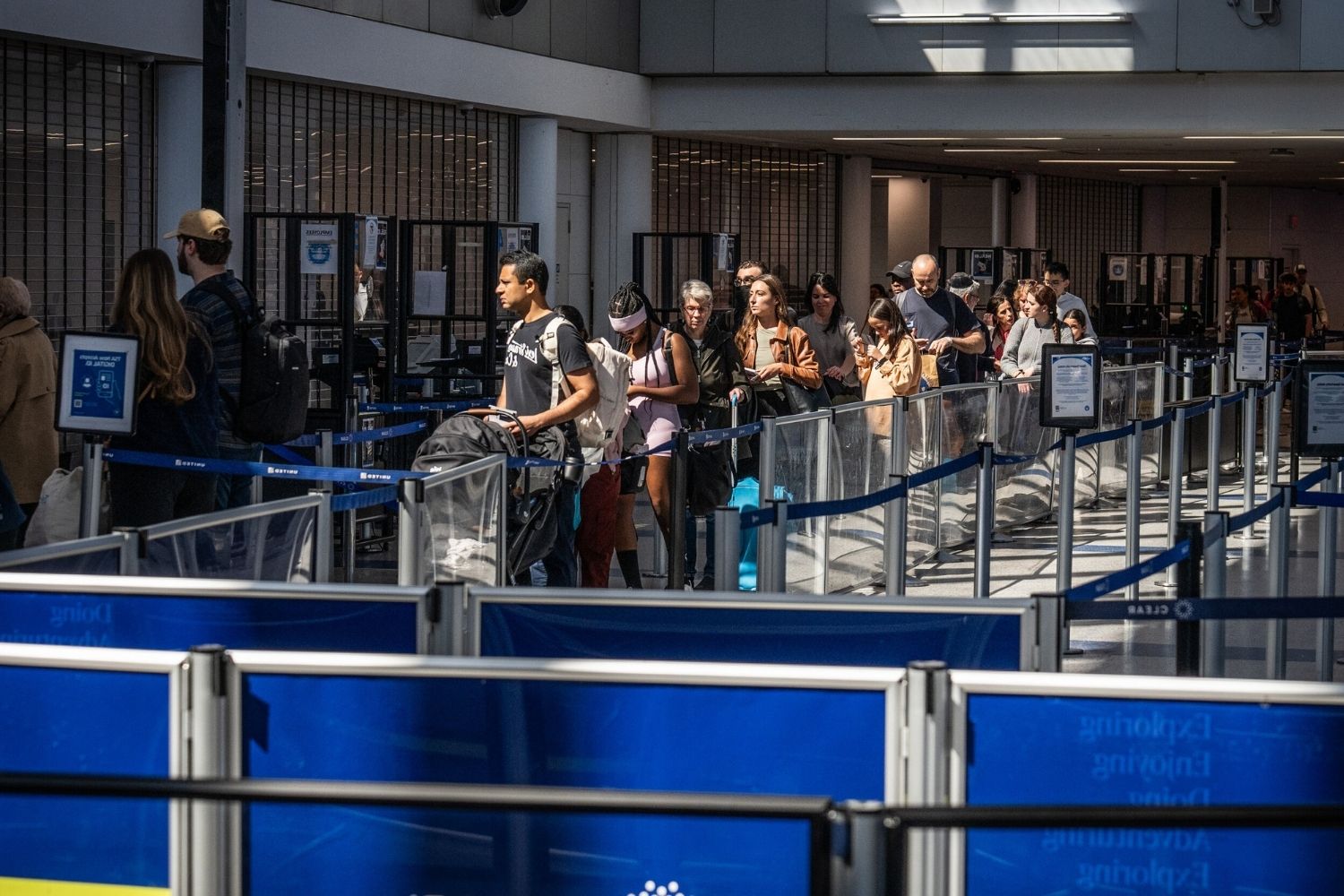
What is the Quiet Skies Program? The Quiet Skies Program is a lesser-known initiative by the U.S. Transportation Security Administration (TSA). Its main goal is to monitor travelers who might pose a security risk. This program keeps an eye on individuals even if they aren't on any watchlist. Agents observe behaviors like excessive sweating or nervousness. They also track travel patterns and interactions. The program has sparked debates about privacy and effectiveness. Some argue it helps keep flights safe, while others worry about potential overreach. Understanding the Quiet Skies Program can help you form your own opinion on its impact and necessity.
What is the Quiet Skies Program?
The Quiet Skies Program is a lesser-known initiative by the U.S. Transportation Security Administration (TSA). It aims to monitor travelers who may pose a threat to aviation security. Here are some intriguing facts about this covert program.
-
The Quiet Skies Program started in 2010 as a way to enhance aviation security by monitoring passengers who might not be on the no-fly list but still raise concerns.
-
TSA agents observe passengers' behaviors, such as excessive fidgeting, sweating, or avoiding eye contact, to identify potential threats.
-
The program uses a combination of federal air marshals and behavioral detection officers to monitor travelers.
-
Passengers are selected for monitoring based on travel patterns, affiliations, and other criteria that may indicate a higher risk.
How Does the Quiet Skies Program Operate?
Understanding the operational aspects of the Quiet Skies Program helps clarify how it functions to keep air travel safe.
-
Federal air marshals follow selected passengers on flights and in airports, noting their behaviors and interactions.
-
The program employs a scoring system to evaluate the risk level of monitored passengers.
-
Data collected from monitored passengers is shared with other federal agencies to enhance overall security measures.
-
The program operates under the broader umbrella of TSA's "Secure Flight" initiative, which aims to identify and mitigate threats before they materialize.
Controversies Surrounding the Quiet Skies Program
Like many security initiatives, the Quiet Skies Program has faced its share of controversies and criticisms.
-
Critics argue that the program infringes on privacy rights by monitoring passengers without their knowledge or consent.
-
Some civil liberties organizations have raised concerns about racial profiling and discrimination within the program.
-
The TSA has defended the program, stating that it is a necessary measure to ensure the safety of air travel.
-
Despite the controversies, the program continues to operate, with ongoing evaluations to improve its effectiveness and address concerns.
Impact and Effectiveness of the Quiet Skies Program
Evaluating the impact and effectiveness of the Quiet Skies Program provides insight into its role in aviation security.
-
The TSA claims that the program has successfully identified and mitigated potential threats, contributing to safer air travel.
-
Some reports suggest that the program has led to the apprehension of individuals involved in criminal activities.
-
However, the overall effectiveness of the program remains a topic of debate among security experts and policymakers.
-
Continuous assessments and updates to the program aim to enhance its accuracy and reduce false positives.
Future of the Quiet Skies Program
Looking ahead, the future of the Quiet Skies Program will likely involve adaptations to address emerging threats and technological advancements.
-
The program may incorporate advanced technologies, such as artificial intelligence and machine learning, to improve threat detection.
-
Ongoing training for TSA agents and air marshals will be crucial to ensure the program's success.
-
Collaboration with international security agencies could enhance the program's global reach and effectiveness.
-
Public awareness and transparency about the program's operations may help address privacy concerns and build trust.
Lesser-Known Facts About the Quiet Skies Program
Here are some lesser-known facts that shed light on the intricacies of the Quiet Skies Program.
-
The program initially focused on international flights but has since expanded to include domestic flights as well.
-
Federal air marshals involved in the program undergo specialized training to identify suspicious behaviors accurately.
-
The program's criteria for selecting passengers are regularly reviewed and updated to reflect current security threats.
-
Quiet Skies operates discreetly, with most passengers unaware they are being monitored.
-
Despite its covert nature, the program has sparked public interest and debate, highlighting the balance between security and privacy in modern air travel.
Final Thoughts on the Quiet Skies Program
The Quiet Skies Program has sparked a lot of debate. Some see it as a necessary step for national security, while others worry about privacy. This program, run by the TSA, monitors certain travelers to prevent potential threats. It's not just about catching bad guys; it’s also about making air travel safer for everyone. However, the lack of transparency has raised eyebrows. People want to know how they're chosen for monitoring and what happens to their data.
Understanding both sides of the argument is key. While safety is crucial, so is respecting individual rights. As this program continues, it’s important for the TSA to find a balance. Clear communication and transparency can help build trust. Whether you’re for or against it, staying informed about the Quiet Skies Program is essential.
Was this page helpful?
Our commitment to delivering trustworthy and engaging content is at the heart of what we do. Each fact on our site is contributed by real users like you, bringing a wealth of diverse insights and information. To ensure the highest standards of accuracy and reliability, our dedicated editors meticulously review each submission. This process guarantees that the facts we share are not only fascinating but also credible. Trust in our commitment to quality and authenticity as you explore and learn with us.
